Horses are inherently social creatures that have evolved over millions of years to find safety in numbers. This natural herd instinct, while essential for survival in the wild, can become problematic in domestic settings when it manifests as herd-bound behavior. A herd-bound horse becomes excessively attached to equine companions, displaying anxiety, stress, or even dangerous behaviors when separated. This dependency can create significant challenges for handlers, riders, and trainers alike. Whether you’re dealing with a horse that refuses to leave the barn, panics when its companion is out of sight, or becomes unmanageable when asked to work alone, understanding and addressing herd-bound behavior is crucial for developing a safe, confident, and reliable equine partner. This article explores the causes of herd-bound behavior and offers practical strategies to help horses become more independent while respecting their natural social needs.
Understanding the Natural Herd Instinct
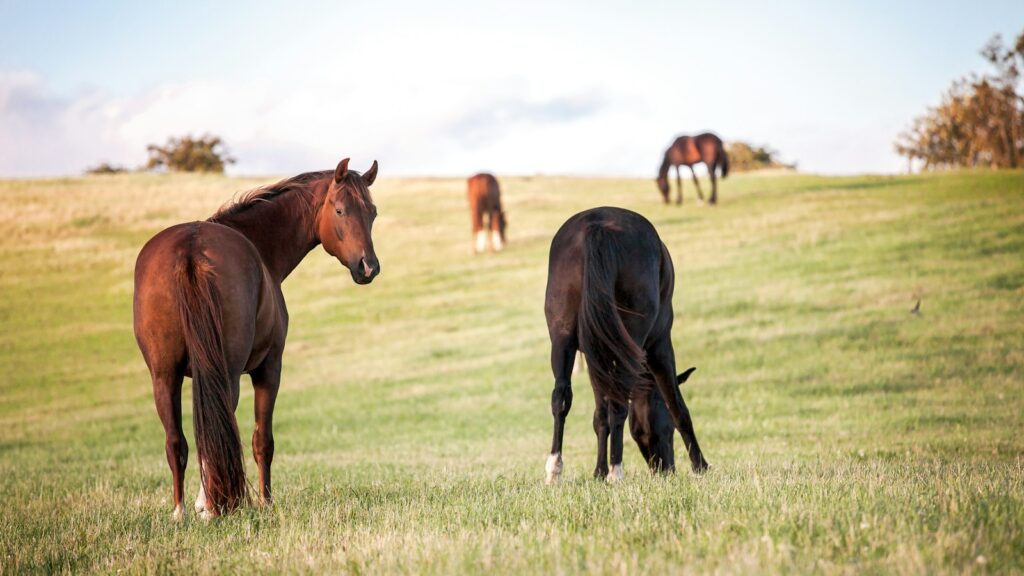
Horses are prey animals whose primary survival strategy in the wild is to live in groups where collective vigilance helps protect against predators. This deeply ingrained social structure has equipped horses with an instinctual drive to stay close to their herd, where safety is found in numbers. Within natural herds, horses develop complex social relationships and hierarchies that provide both physical and emotional security. They synchronize their activities—eating, resting, and alerting to danger together—reinforcing the bond that keeps the group cohesive. This natural behavior becomes the foundation for what we observe as herd-bound tendencies in domestic settings, where horses transfer this dependency to stable mates, field companions, or even specific individuals with whom they’ve bonded. Understanding that this behavior isn’t stubbornness or misbehavior, but rather an expression of the horse’s evolutionary programming, is the first step toward addressing it effectively.
Signs of Problematic Herd-Bound Behavior
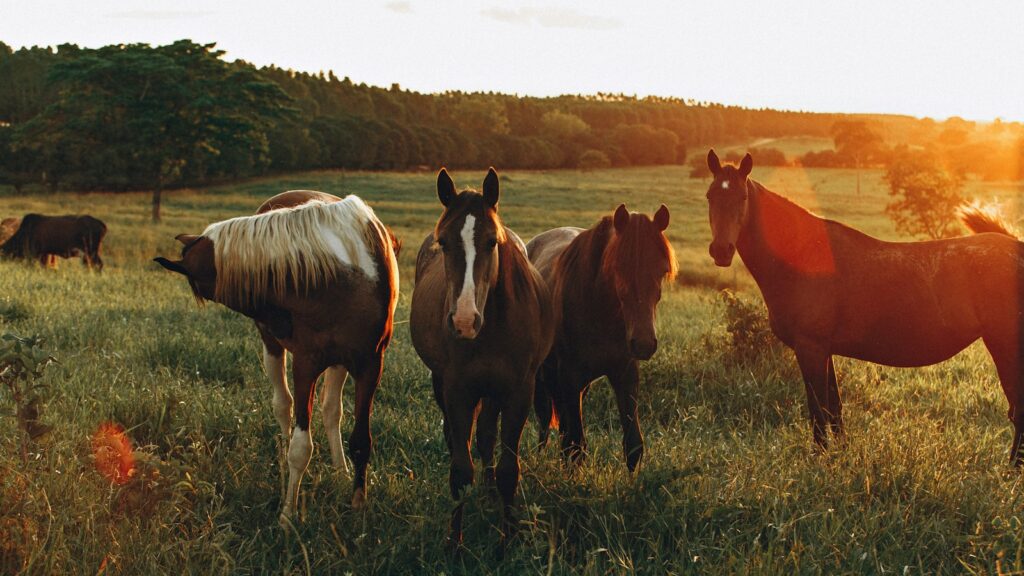
Identifying when natural herd instinct has crossed into problematic territory is essential for effective intervention. A horse displaying serious herd-bound issues may vocalize excessively with desperate whinnying or screaming when separated from companions. Physical manifestations often include pacing, sweating, trembling, pawing, or even dangerous behaviors like rearing, bolting, or attempting to jump fences to reunite with herdmates. During handling or riding, the herd-bound horse may become unresponsive to cues, constantly turn toward the barn or field, or refuse to move forward when asked to leave their companions. Some horses develop ritualistic behaviors like defecating when anxious about separation, or may become completely unfocused on their handler, making even basic communication impossible. The severity of these symptoms often correlates with how deeply entrenched the dependency has become, with some horses exhibiting stress responses that mimic panic attacks in humans.
Root Causes Beyond Natural Instinct

While herd instinct forms the foundation of herd-bound behavior, several factors can intensify this dependency beyond natural levels. Insufficient early handling and socialization with humans can leave young horses overly dependent on equine companions for security and confidence. Traumatic experiences during separation, such as a frightening event when alone, can create lasting psychological associations between isolation and danger. Management practices that inadvertently reinforce herd-bound behavior—like always turning horses out together or never working them individually—can strengthen dependency patterns over time. Some horses develop particularly strong attachments to specific “buddy” horses, creating what trainers sometimes call “pair-bonding,” which can be especially challenging to address. Past experiences of abandonment or frequent changes in companionship can also make horses cling more desperately to current herdmates out of fear of losing that security again.
Assessing Your Horse’s Level of Dependency
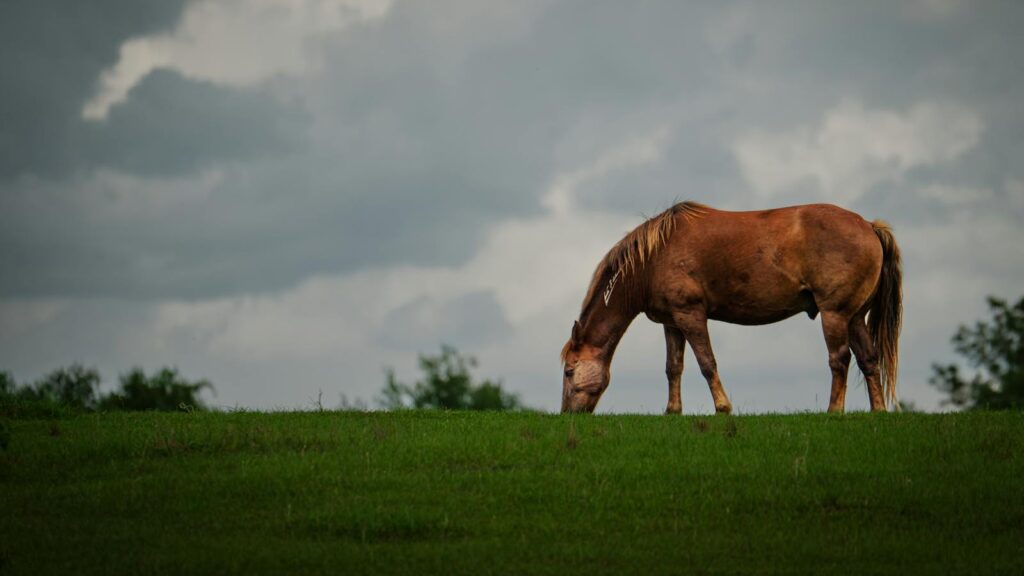
Before implementing a training program to address herd-bound behavior, it’s crucial to evaluate the severity of your horse’s dependency. Begin by observing your horse’s reaction when companions are moved just slightly away but remain visible. Note whether your horse shows mild interest, moderate anxiety, or extreme distress. Gradually increase the separation distance and duration in controlled settings to establish your starting baseline. Assess how your horse behaves in different contexts—is the dependency worse in unfamiliar environments or consistent across all settings? Document specific behaviors and their intensity to create a clear picture of your horse’s triggers and threshold for separation anxiety. This methodical assessment serves two important purposes: it provides a benchmark against which you can measure progress, and it helps you determine whether you’re dealing with normal herd attachment that simply needs refinement or a severe anxiety issue that might require professional intervention.
Creating a Progressive Training Plan

Addressing herd-bound behavior requires a thoughtful, systematic approach that gradually builds your horse’s confidence when separated from companions. Begin by establishing a training schedule that includes consistent, regular separation sessions rather than sporadic, lengthy ones that might overwhelm your horse. Set realistic goals based on your horse’s current comfort level—for some severely herd-bound horses, simply standing calmly at a distance where they can still see companions might be an appropriate initial goal. Structure your training to include incremental steps with clear criteria for success before advancing to more challenging levels of separation. Document progress meticulously, noting both improvements and setbacks to help identify patterns or triggers that affect your horse’s comfort level. Remember that progress is rarely linear; expect good days and challenging days as part of the natural learning process. A well-designed progressive training plan respects the horse’s emotional needs while systematically expanding their comfort zone, creating sustainable change rather than forcing compliance that might intensify anxiety.
Building Individual Confidence Through Groundwork
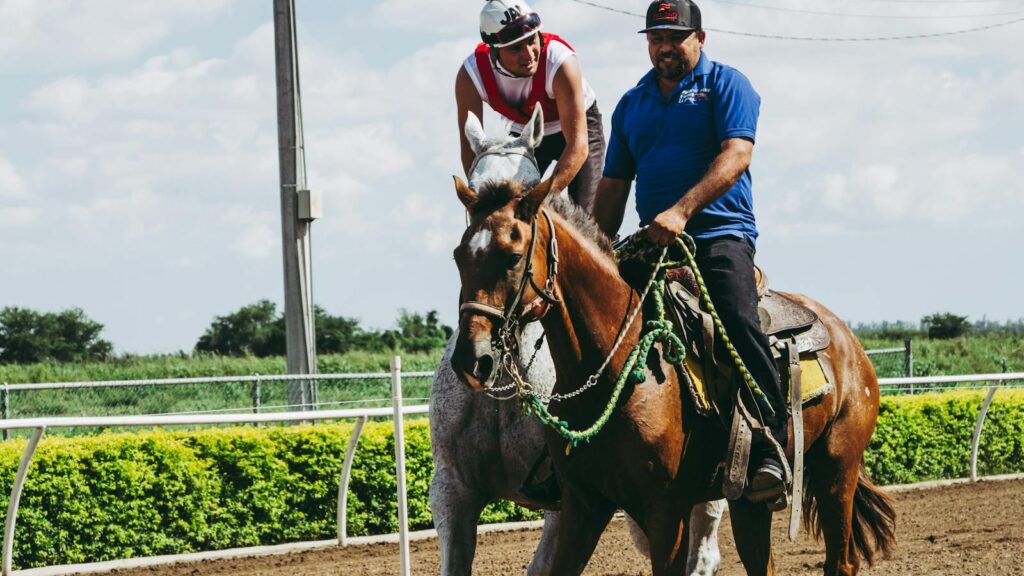
Groundwork exercises provide a powerful foundation for helping horses develop independence and self-confidence away from their herdmates. Begin with basic leading exercises where you practice walking your horse away from companions for short distances, using clear, consistent cues and rewarding calm behavior. Progress to more engaging activities like obstacle work, which redirects your horse’s attention to the task at hand rather than fixating on their absent companions. Incorporate desensitization exercises using tarps, poles, or novel objects to help your horse learn to process new stimuli with you as their security figure instead of their equine friends. Liberty work, where the horse chooses to stay with you without physical restraint, builds a particularly meaningful connection that can replace some of the security previously found only with other horses. Throughout all groundwork sessions, maintain a calm, confident demeanor as horses are remarkably sensitive to human emotional states and will look to you as a barometer for how concerned they should be about separation.
The Power of Positive Reinforcement
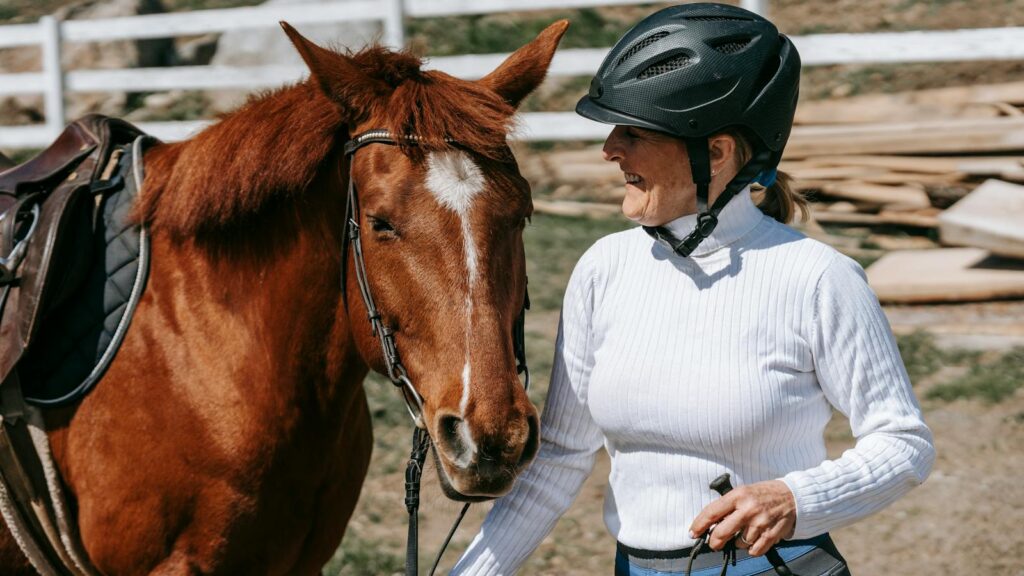
Positive reinforcement techniques can dramatically accelerate a horse’s progress when addressing herd-bound behavior. Using food rewards, scratches in favorite spots, or verbal praise when your horse remains calm during separation helps create positive associations that counteract the anxiety of being apart from companions. Clicker training can be especially effective, as the precise timing of the click marks the exact moment of desired behavior, helping horses clearly understand what earns the reward. Create specific reinforcement zones—areas away from other horses where good things consistently happen—to help your horse develop positive spatial memories that compete with their desire to return to the herd. Gradually extend the duration between rewards as your horse becomes more comfortable, moving from continuous reinforcement to intermittent schedules that strengthen the behavior. The psychological principle at work is powerful: when being separated from the herd consistently predicts positive experiences rather than stress, horses begin to approach separation with curiosity and confidence instead of anxiety.
Strategic Use of Companion Animals
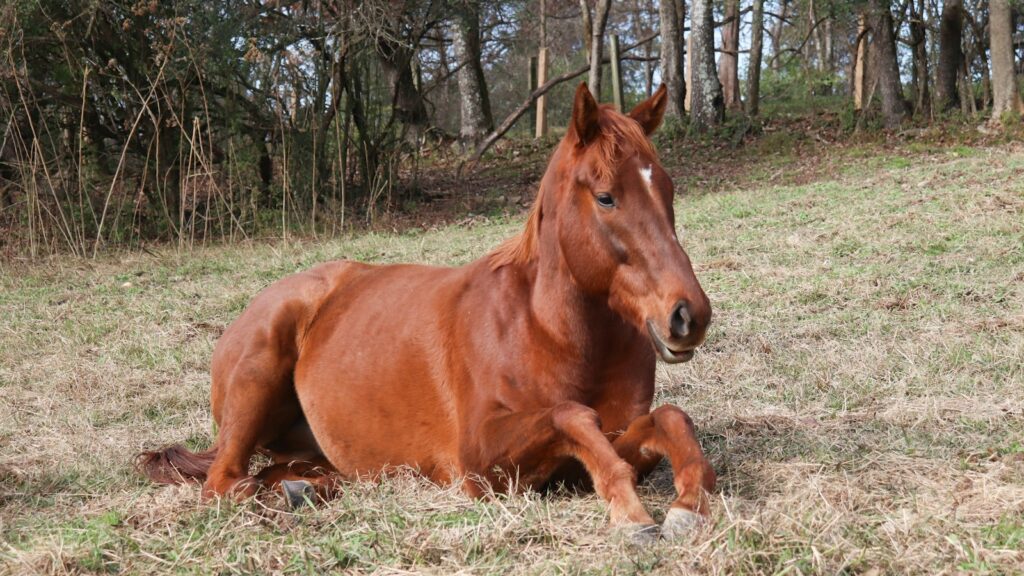
For horses with severe herd-bound tendencies, working with graduated levels of companionship can create a bridge to independence. Begin by separating your horse from a compatible companion they’re less attached to, creating separation from their primary “buddy” while still providing some social security. Gradually work with different companion animals, potentially including calm, confident horses, ponies, donkeys, or even goats that can provide presence without reinforcing the intense dependency. As your horse’s confidence grows, practice having the companion animal move progressively further away during work sessions, creating a physical buffer zone that expands over time. Some training facilities strategically use “schoolmaster” horses—steady, unflappable equines who model calm, independent behavior that anxious horses can observe and eventually emulate. This approach acknowledges that immediate, complete isolation might be too stressful for some horses, offering instead a stepwise pathway toward confidence that respects their social nature.
Environmental Management Strategies
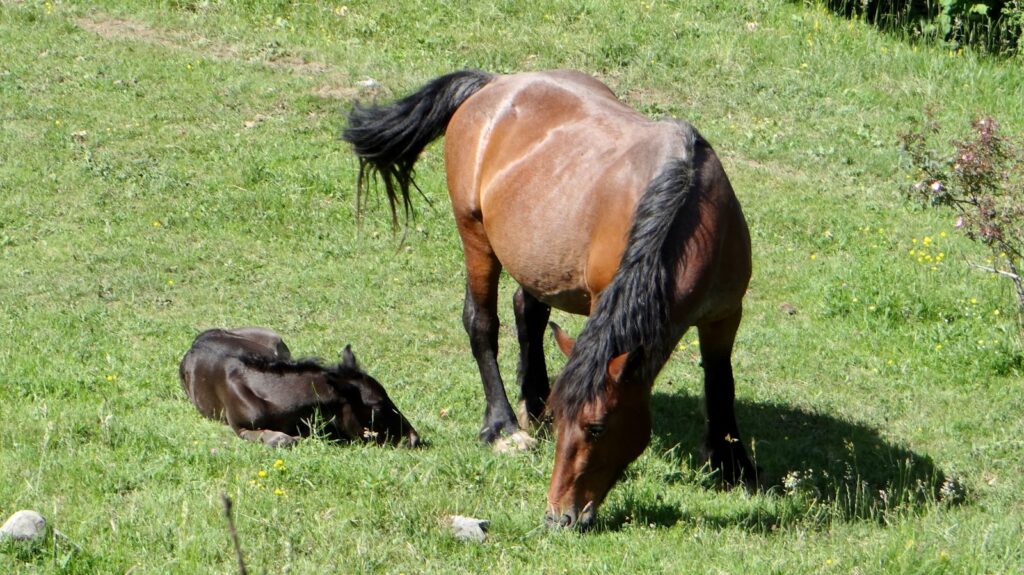
How you structure your horse’s living environment can significantly impact their herd-bound tendencies. Consider implementing rotational turnout schedules where horses experience different groupings and occasional periods of separation, preventing exclusive attachments from forming. Design your facility to include visual barriers in strategic locations—solid stall walls or paddock divisions that prevent horses from maintaining constant visual contact can reduce obsessive watching behaviors. Create positive experiences in areas away from the main herd, such as special grazing areas or enrichment zones that horses can only access when separated. Some facilities successfully use double fencing systems where horses can see each other across a buffer zone but cannot make physical contact, reducing the intensity of attachment while still acknowledging their social nature. Environmental enrichment in individual spaces—toys, treat dispensers, or varied feeding arrangements—can also make time spent alone more engaging and less focused on the absence of companions.
The Role of Routine and Predictability
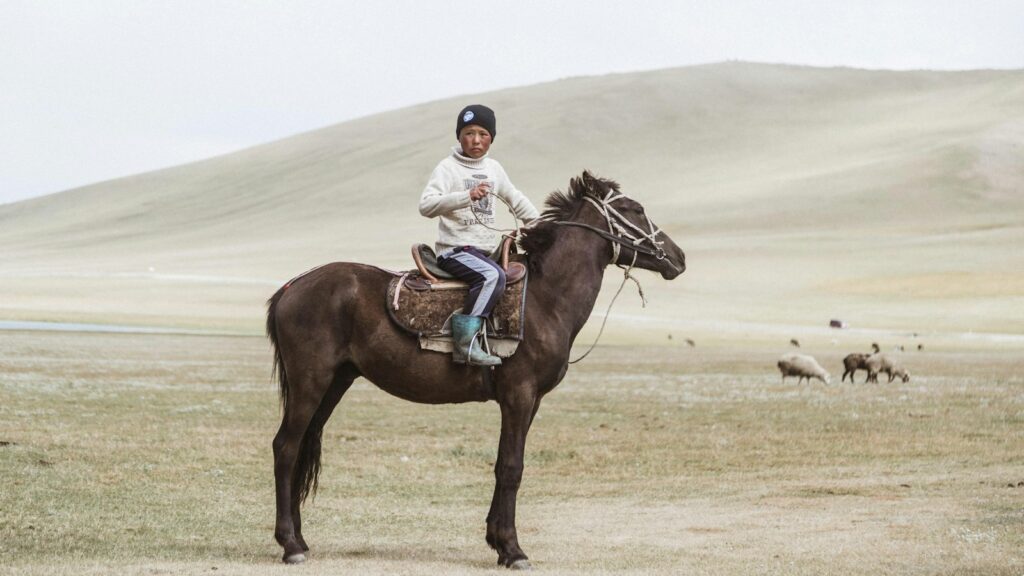
Establishing consistent routines can significantly reduce anxiety for herd-bound horses by creating predictability in their daily lives. Horses thrive on knowing what to expect, and a reliable schedule helps them anticipate periods of separation rather than experiencing them as alarming disruptions. Implement consistent handling procedures where horses learn that separation follows specific cues or actions, giving them time to mentally prepare for the transition. Create predictable reunion rituals as well, helping horses understand that separation is temporary and always concludes with a return to companions. Gradually extend the duration of scheduled separation periods as your horse becomes comfortable with the routine, maintaining the predictable pattern while increasing independence. Research has shown that when horses can anticipate environmental changes, their stress hormones remain more stable compared to unexpected separations, making routine one of the most underutilized tools in addressing herd-bound behavior.
Building a Human-Horse Bond as Replacement

One of the most effective long-term solutions for herd-bound behavior is developing a relationship with your horse where you become a source of security comparable to their equine companions. Spend quality time with your horse engaged in activities beyond just work or training—grooming sessions, hand-grazing, or simply sharing space together helps establish a deeper connection. Practice mindfulness during interactions, offering your full attention and responding to subtle communication signals that make your horse feel truly seen and understood. Learn your horse’s preferred interaction style—some appreciate physical touch and closeness, while others respond better to respectful distance and clarity of expectations. Over time, this focused relationship-building creates a secure attachment where your horse looks to you for guidance and reassurance in uncertain situations. This human-horse bond doesn’t replace their need for equine companionship entirely, but it provides an alternative source of security that can significantly reduce extreme dependency on other horses.
When to Seek Professional Help
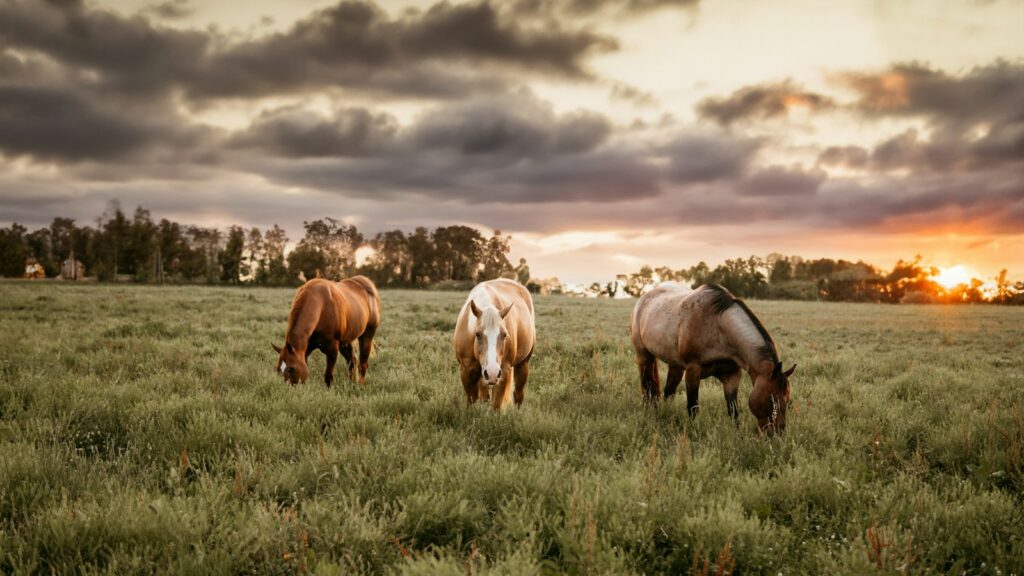
While many cases of herd-bound behavior can be addressed through owner-implemented training, some situations warrant professional intervention. Consider seeking expert help if your horse’s separation anxiety puts them at risk of injury through behaviors like attempting to jump fences, running through barriers, or becoming dangerous to handle when separated. Persistent regression despite consistent training efforts may indicate underlying issues that require specialized assessment. If your horse shows physical symptoms like colic, going off feed, or developing stereotypic behaviors (weaving, cribbing) when separated, a veterinary evaluation may be necessary to rule out medical complications from chronic stress. Look for professionals with specific experience in behavior modification and anxiety issues rather than general trainers, as addressing deep-seated emotional responses requires specialized knowledge. The right professional can provide an objective assessment of the situation, create a customized training plan, and sometimes identify contributing factors that might be overlooked by someone too close to the situation.
Maintaining Progress and Preventing Regression
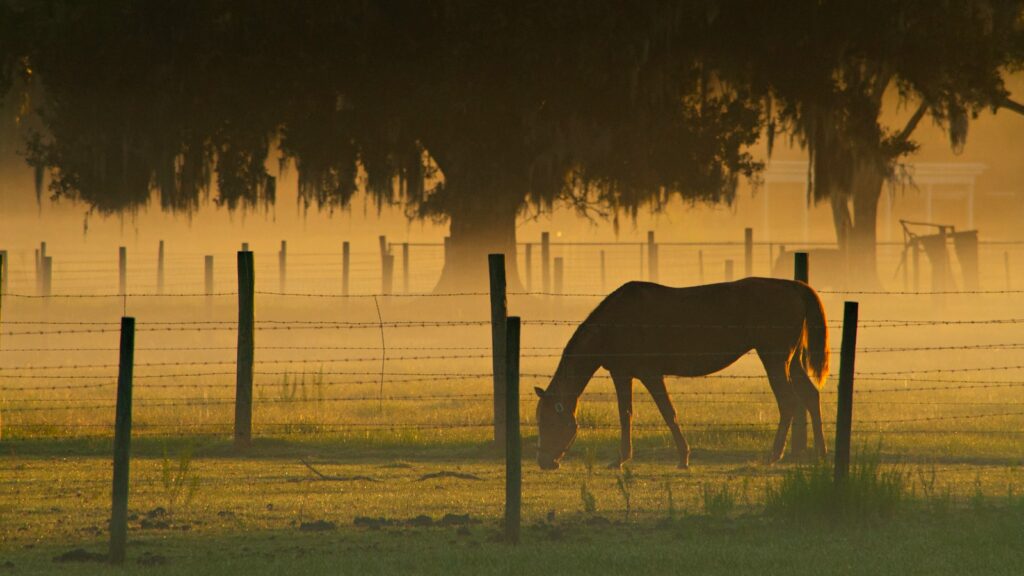
Once you’ve made progress with your horse’s herd-bound behavior, implementing strategies to maintain these gains becomes crucial. Incorporate regular “maintenance sessions” into your routine where you practice separation in increasingly varied contexts to ensure the behavior generalizes across different situations. Be particularly vigilant during potential setback periods, such as after your horse has had extended time off, following an injury, or when introducing new horses to the herd dynamic. Create a network of support where different handlers practice separation exercises with your horse, preventing your horse from becoming dependent on you alone as their security figure. Recognize that certain high-stress situations may temporarily cause regression, and have a plan to scale back expectations appropriately rather than pushing through resistance, which can undo progress. The goal isn’t to eliminate your horse’s social nature but to develop healthy attachment patterns where they can function confidently both within the herd and independently when needed.
Balancing Independence with Social Needs

Addressing herd-bound behavior should never aim to eliminate a horse’s social nature, but rather to create a balanced individual who can function both as a herd member and independently. Recognize that regular positive social interaction remains essential for your horse’s mental health, even as you work to reduce unhealthy dependency. Schedule dedicated herd time where your horse can engage in natural social behaviors like mutual grooming, play, and communal grazing, which fulfill important emotional needs. Many successful training programs operate on a principle of “earn your social time,” where horses work independently for portions of the day but receive reliable access to companions as part of their routine. This balanced approach acknowledges that forced isolation can create new behavioral problems while teaching appropriate boundaries and independence skills. The ultimate goal is developing a horse who enjoys social connection without being consumed by anxiety when temporarily separated—a state that more closely resembles how horses function in natural settings where herd members regularly move in and out of close proximity while maintaining the broader social structure.
Conclusion

Addressing herd-bound behavior requires patience, consistency, and respect for the horse’s evolutionary nature as a social creature. By understanding the root causes of excessive dependency, implementing progressive training techniques, and creating environments that support healthy independence, owners can help their horses develop the confidence to function both as herd members and as individuals. The journey often transforms not just the horse’s behavior but also deepens the human-horse relationship, as handlers become trusted partners rather than merely directors of activity. With thoughtful intervention, even severely herd-bound horses can learn to navigate separation with calmness and self-assurance, opening up new possibilities for training, competition, and enjoyment while still honoring their intrinsic need for equine companionship. The balanced horse—socially connected yet confidently independent—represents not the denial of natural instinct but its healthiest expression in the domestic environment.







